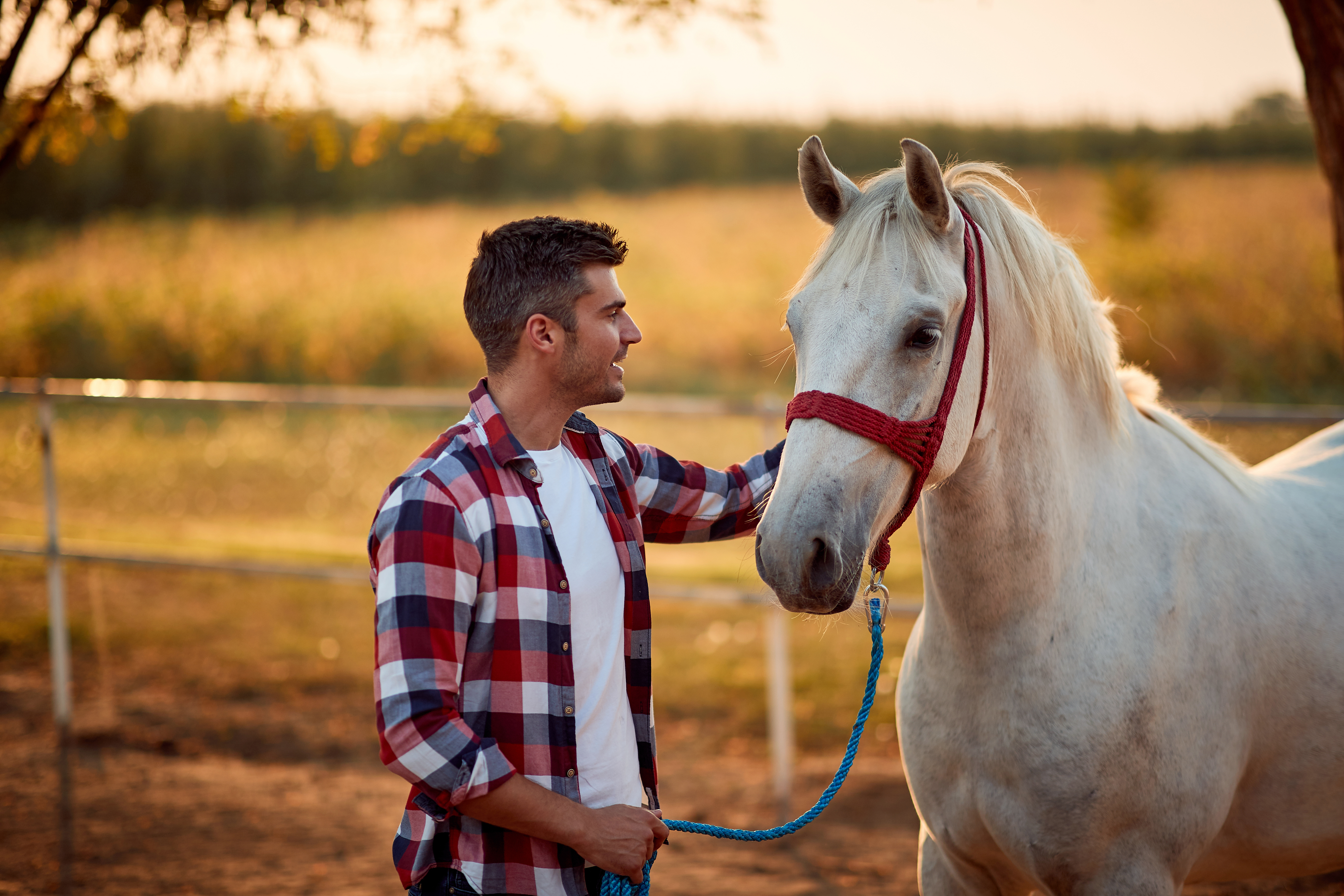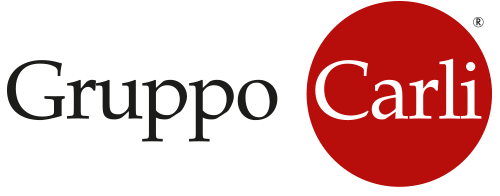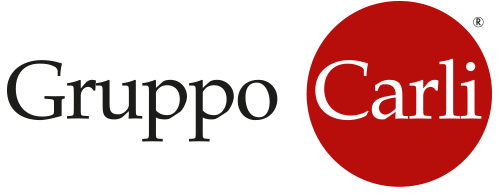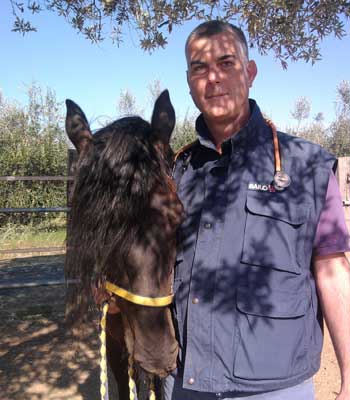A balanced diet for your horse
The basics. Part 3
by Giuseppe Iardella
The Rule
To best manage your horse’s diet, it is essential to weigh every ration ingredient.
Many owners are in the habit of measuring feed in terms of its volume (using a ladle or a coffee tin), without considering the specific weight of each individual component. For example, a ladleful of wheat bran weighs much less than the same amount of whole corn or rolled oats.

Therefore, you should get used to reasoning in terms of weight, not volume, by simply weighing the measure you use (the ladle) for each foodstuff and always referring to the weight in terms of kilos or grams.
This rule also applies to forage in all its forms: whether long-fiber, pellets or wafer. We often refer to bales or layers of hay without really having any idea of how much they weigh; not only is this estimate not useful when formulating the diet itself it can also prove costly from a financial point of view.
Knowing exactly how much feed we are giving our horse is also fundamental if we want to introduce something new into the diet.
Any changes should be introduced gradually over the space of at least 2 weeks during which the ingredient we are seeking to eliminate (A) should be progressively reduced and the one we are seeking to add (B) increased as shown below: over the first 5 days 3/4A + 1/4B, then for 5 days 1/2A + 1/2B, then for another 5 days 1/4A + 3/4B and then only B.
The Tips
Having reached the end of our lesson on a balanced diet for your horse, here are some useful tips on feeding your horse:
- When you change an ingredient in the ration, do so gradually over the space of several days (ideally, 2 weeks);
- Weigh out the foodstuffs based on their weight, not their volume;
- In general, healthy horses have a “hearty appetite”, even if they can sometimes become “fickle”. Therefore, it is necessary to make slight changes to the ration, in order to offer them the foods they prefer;
- Divide the daily ration into a least 4 meals;
- If your horse regularly finishes its ration and still seems hungry, providing it is not overweight, you can increase the quota of forage by 10%;
- To reduce the powdery nature of hay, dampen it slightly. This has also proved to be effective in reducing the fructan content if the hay is fed to horses that are sensitive to non-structural carbohydrates
- A balanced ration consisting of quality forage and good concentrated feed does not require the addition of any other supplements;
- Considering the high phosphorous content of cereals, the solution is to compensate with a forage rich in calcium, such as alfalfa, in order to obtain a Ca-P ratio of 1:1 or more;
- Ensure efficient chewing is maintained by having the horse’s teeth filed once or twice a year and always follow a correct parasite control programme.
- Use feed nets (slow feeders) to allow your horse to feed itself by nibbling at it naturally throughout the day;
- Always leave your horses plenty of salt and fresh water;
If you take on board the above tips and advice, formulating a balanced diet for your horse shouldn’t be difficult.
For information and clarification on this article or for nutritional advice, contact us on Gruppo Carli Horse Helpline
Dr. Giuseppe Iardella
Equidiets S.r.l. è uno studio di consulenza veterinaria indipendente, che offre sulla base della ricerca corrente, informazioni, assistenza, analisi e servizi di sviluppo su nutrizione e salute equina.
Con base in Toscana, Equidiets fu fondata nel 2011 a seguire da approfondita ricerca sulla laminite del cavallo e del mercato italiaWeno.
Grazie ad un esaustivo modello di business, Equidiets lavora con proprietari di cavalli, allevatori, centri ippici, enti pubblici, editori e media, produttori e distributori di alimenti per cavalli.
Equidiets offre l’app chiamata EquiDietometro© accessisibile da PC, smartphone e tablet IOS (Apple), che consente proprietari di cavalli e operatori di settore a analizzare, valutare e sviluppare diete personalizzate per cavalli specifici.
A seguire dalla sua partecipazione nel gruppo europeo European Horse Network a direzione svedese, Equidiets ha integrato il suo EquiDietometro© con il sistema, primo al mondo, di analisi genetica del cavallo, DNA Horse Sensor Control™, sviluppato dalla austriaca Novogenia GmbH.
Ad oggi, Equidiets ha collaborato con aziende importanti e assistito start-up innovative ad introdurre, progettare e migliorare i loro prodotti nutrizionali con nuovi formati, formulazioni avanzate, ingredienti particolari e approfondita attenzione di mercato. Equidiets ha premiato l’unicità delle proposizioni di queste terze parti con il riconoscimento di “Soluzione Accreditata”.Per maggiori informazioni contattare: info@equidiets.com


